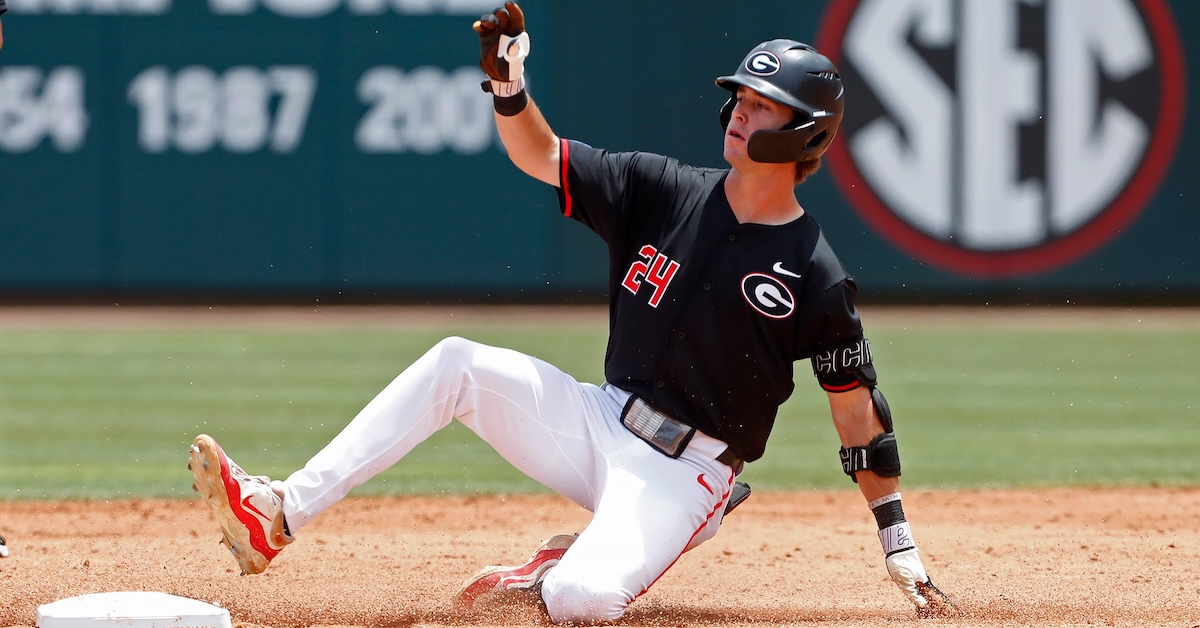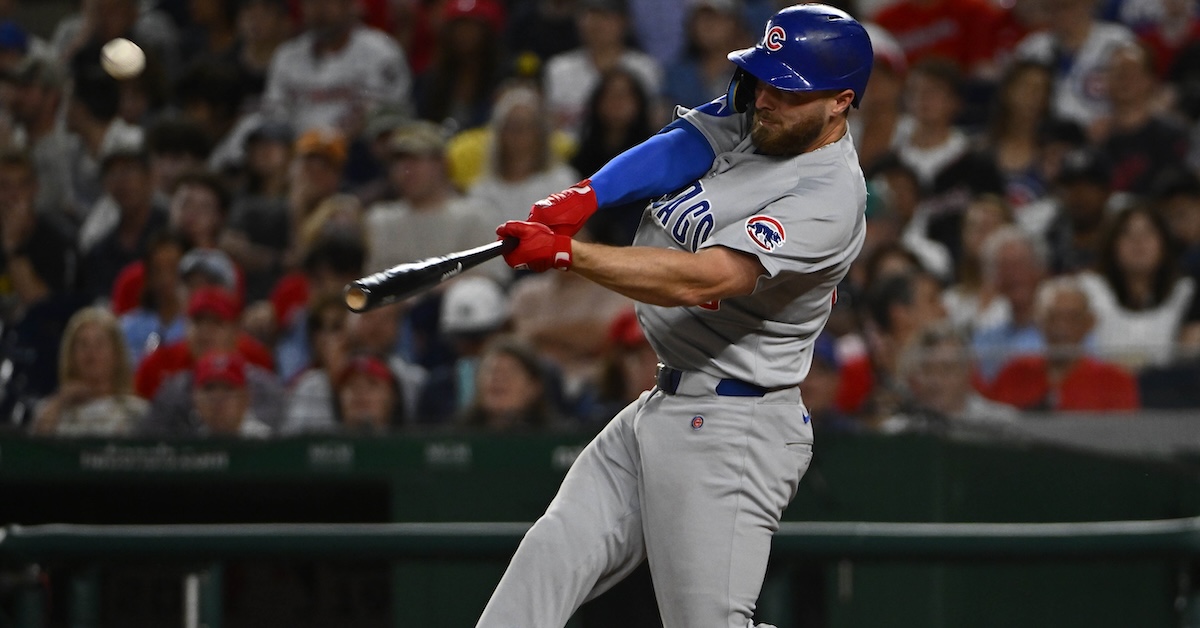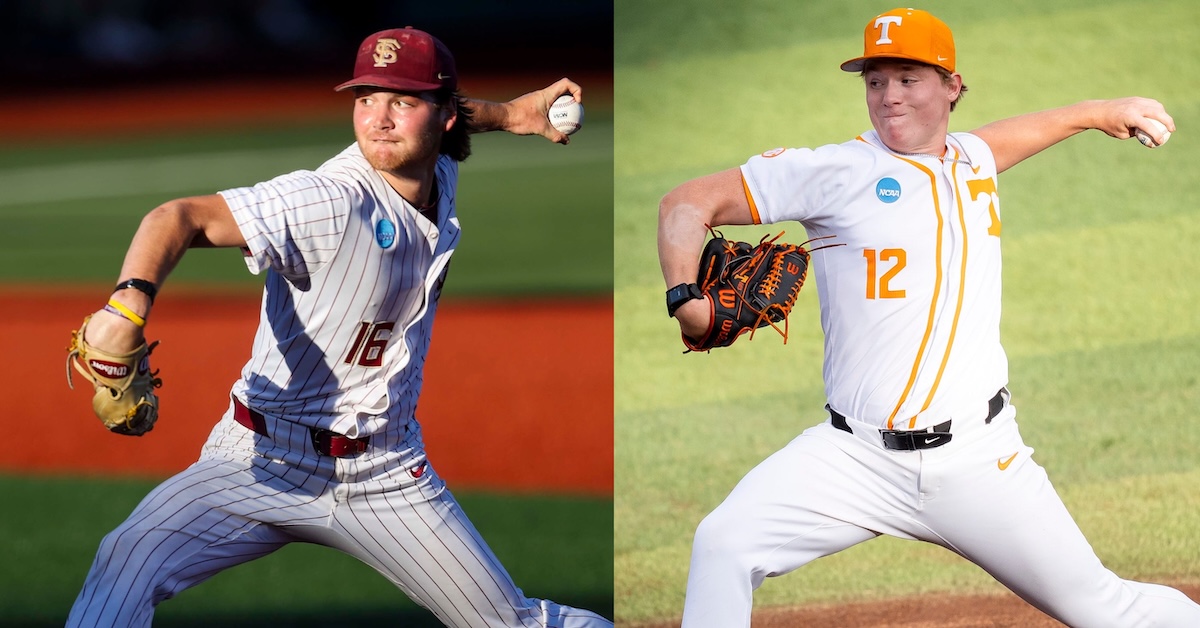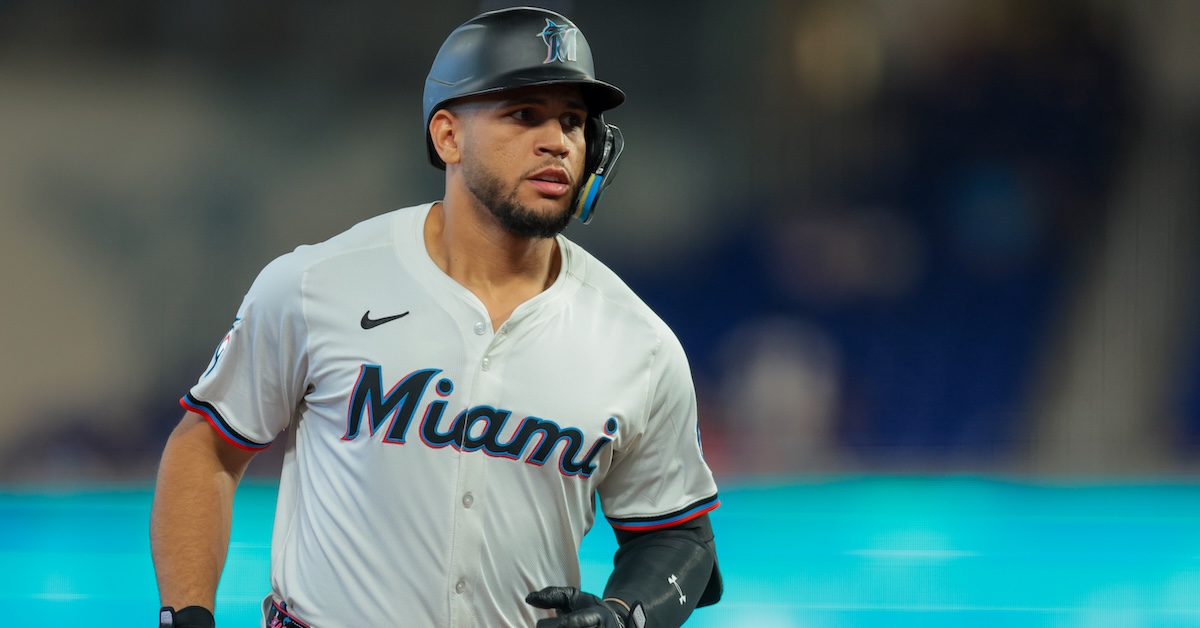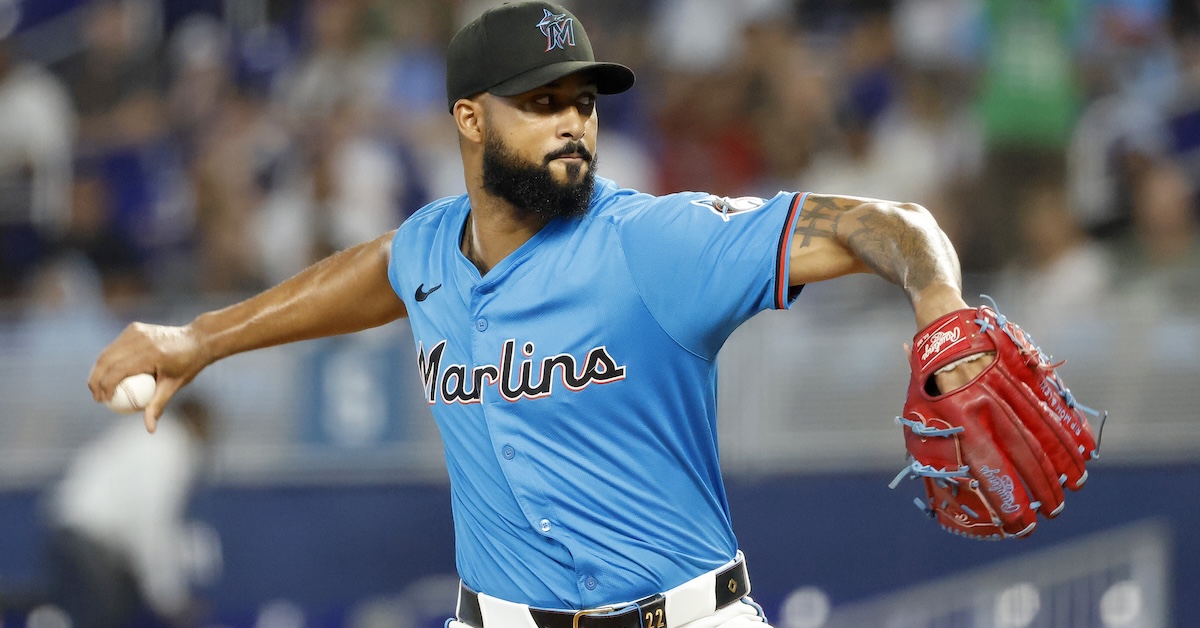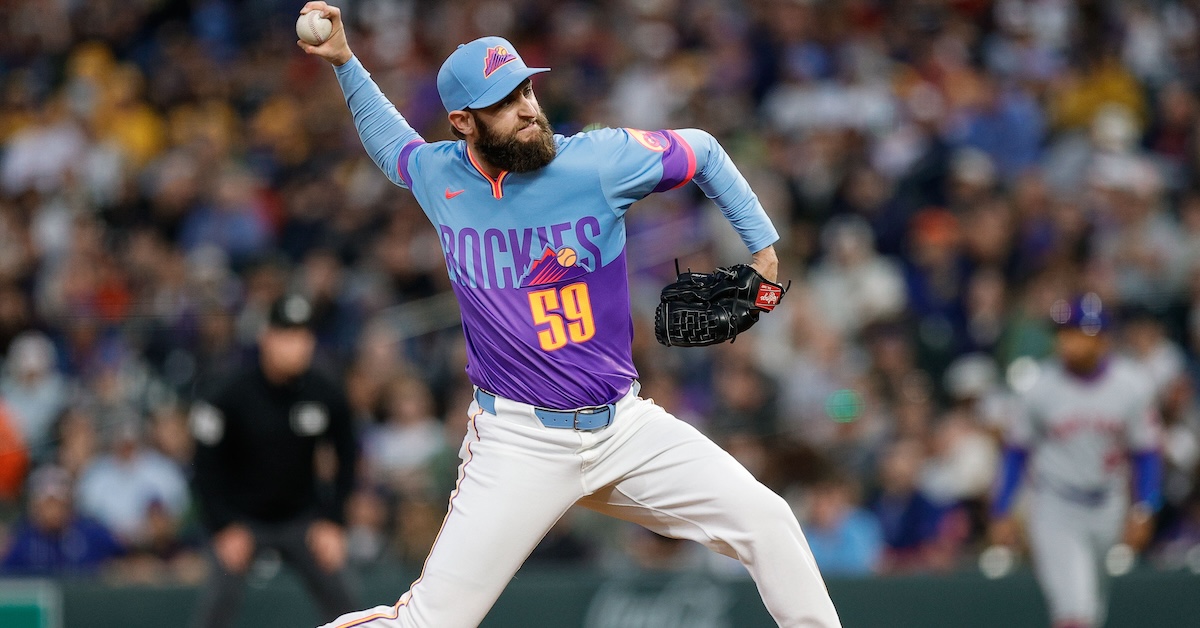Senior Software Engineer- Baseball Data Platform
Location: San Francisco, California
The Baseball Data Platform team is hiring a Senior Software Engineer in the San Francisco office to help capture and tell the story of baseball through data, shaping the future of the fan experience. This team has been responsible for the collection, analysis, and distribution of Emmy Award-winning Statcast data since the product’s inception in 2015. They are also at the forefront of technological innovation in sports, developing advancements such as the Automated Balls & Strikes system (ABS), which made its debut at the Major League level in Spring Training 2025. This is a unique opportunity for an engineer to join our team and help change the way fans consume the game for generations to come. You will partner with business stakeholders, product managers, and cross-functional engineering teams to facilitate the design and implementation of new, engaging features for our users, while blending tradition with innovation.
The ideal candidate will be an engineer with a knowledge of the software development lifecycle, experience working with and supporting engineers, and a background in data delivery via highly scalable, distributed systems. Learn more about what the team does via the MLB Technology Blog and if you like what you see, we hope you’ll consider joining us on this journey.
Responsibilities
- Design, implement, and maintain large-scale, high-performance web services and APIs to support real-time baseball data and Statcast features
- Manage the collection, analysis, and distribution of baseball data to ensure timely and accurate data delivery, supporting key systems like Statcast, the Automated Balls & Strikes system (ABS), and betting partners
- Create and maintain powerful backend-applications and APIs using Java Spring Boot and Node.js to support organization-wide products and initiatives
- Build and enhance front-end applications and interfaces using JavaScript, TypeScript, React, HTML, and CSS to provide engaging and intuitive fan experiences
- Design, build, and optimize cloud-native infrastructure using Kubernetes, Docker, and Terraform to ensure high availability and scalability of backend systems
- Work closely with business stakeholders, product managers, and cross-functional engineering teams to conceptualize, design, and deliver new features that enhance fan engagement and improve user experiences across MLB’s suite of applications and platforms
- Implement monitoring, logging, and alerting solutions to ensure system reliability and performance, utilizing tools for application performance monitoring and observability
- Proactively learn and adapt to new technologies, particularly in distributed systems, cloud computing, and data engineering, to keep the Baseball Data team at the forefront of tech innovation in sports
- Take ownership of critical projects and your own initiatives
- Participate in an on-call rotation with other team members to ensure timely response to system alerts approximately every 2-3 months
- Contribute to our blameless and inclusive culture to ensure team satisfaction and engagement
Qualifications & Skills
- 5+ years of experience developing large, scalable APIs and web services
- Advanced Java Spring Boot expertise, including annotations, JVM tuning, and thread/memory management
- Proficiency in front-end technologies including Typescript, React, HTML, CSS
- Experience with PostgreSQL, including writing performant queries and optimizing performance
- Strong experience with highly available, distributed systems and relevant technologies:
- Cloud platforms (GCP, AWS)
- Caching solutions (Redis/Valkey Cluster)
- REST API design
- Observability and application performance monitoring
- Cloud-native tools (Kubernetes, Docker, Terraform)
- CDNs (Cloudflare, Fastly, Akamai)
- Excellent problem-solving skills and the ability to work in a fast-paced, dynamic environment
- Strong communication and interpersonal skills, with the ability to collaborate effectively with technical and non-technical stakeholders
Salary range: $150,000 – $185,000 (Base Salary) + Bonus
As a candidate for this position, your salary and related aspects of compensation will be contingent upon your work experience, education, skills, and any other factors MLB considers relevant to the hiring decision. In addition to your salary, MLB believes in providing a competitive compensation and benefits package for its employees.
Top MLB Perks & Benefits
- 100% Employer Paid Medical/Dental/Vision Premiums
- Company Contributed 401K Plan
- Paid Time Off and Holidays
- Paid Parental Leave
- Access to Free Tickets to Baseball Games & MLB.TV
- Discounts at MLB Store | MLBShop.com
- Employee Assistance Programs (EAP)
- Onsite/Online Training & Development Programs
- Tuition Reimbursement
- Disability Benefits (short term and long term)
- Life and Accidental Death Insurance
- Pet Insurance
Why MLB?
Major League Baseball (MLB) is the most historic of the major professional sports leagues in the United States and Canada. Employees love working at MLB because of the culture of growth, teamwork, and professionalism. Employees who are most successful at MLB take initiative, know how to identify problems and provide solutions, and always put the Team first. For those ready to step up to the plate and join the major leagues, MLB takes the same approach as teams do with their players: empowering our “workforce athletes” to be at their best by engineering experiences that put employees in the best position to succeed. Major League Baseball is looking for candidates who are passionate about growing America’s pastime to best serve its fans for decades to come.
MLB is proud to be an equal opportunity workplace. We are committed to equal employment opportunity regardless of race, color, ancestry, religion, sex, national origin, sexual orientation, age, citizenship, marital status, disability, gender identity, or veteran status. We also consider qualified applicants regardless of criminal histories, consistent with legal requirements.
California Residents: Please see our California Recruitment Privacy Policy for more details.
Colorado Residents: Colorado based applicants may redact or remove age-identifying information such as age, date of birth, or dates of school attendance or graduation. You will not be penalized for redacting or removing this information.
Applicants requiring a reasonable accommodation for any part of the application and hiring process, please email us at accommodations@mlb.com. Requests received for non-disability related issues, such as following up on an application, will not receive a response.
To Apply:
To apply, please follow this link.
The content in this posting was created and provided solely by MLB.
